A Micro Launch into Summer
Fro-yo wars! An investigation of yogurt and micro-soup-shops, micro-food carts, micro-clubs.
Last January, I took an impromptu trip to Seoul. I grew up going several times a year to visit grandparents but this was the first time going for myself. I wandered the streets of Hannam, inside department store food courts, train station retail stalls. Time lingered. And it was great.
I didn’t make restaurant reservations. In Seoul, I’m reminded that a good food trip reservation-free is one worth savoring. So after happening upon Ggupdang, a Korean barbecue spot known for grilled pork, I put my name down and continued the wander.
Snow flurries appeared so I took shelter in a frozen yogurt shop a couple storefronts down… I was resisting the urge to ruin my appetite with a sweet treat but noticed a peculiar option on the menu:
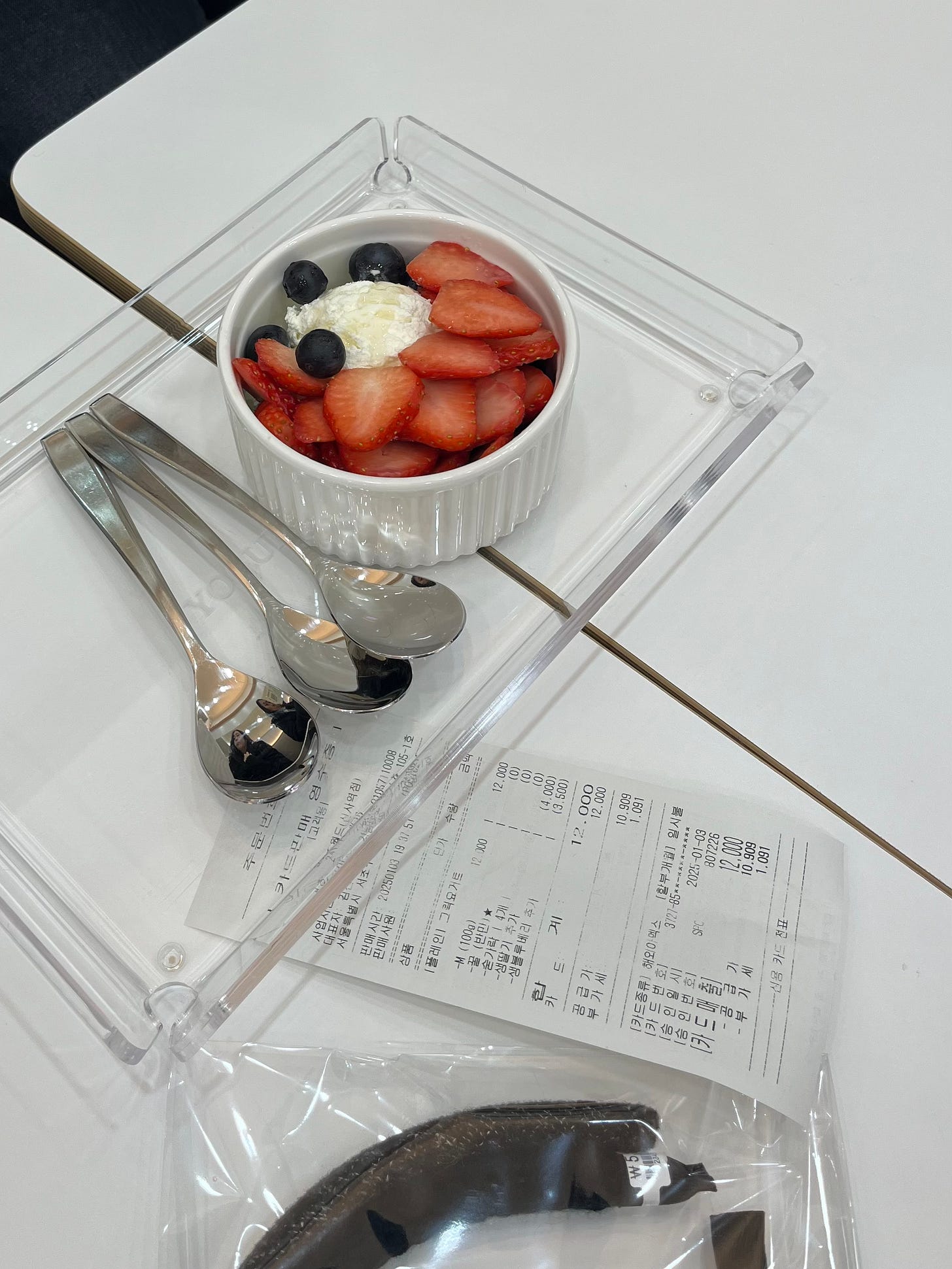
Upon returning to the US, I discovered two things:
There's a new wave of "yogurt ice cream" shops in Korea, and I had stumbled into one of 600+ stores. The two big players Yoajung (est. 2020) and Yogurt World (est. 2021) together have 600 stores across Korea (mix of owned and franchised):

This is Yogurt World’s specialty fro-yo menu. Customers love them for their high-quality flavors and creative toppings. The paradox? Finding a way to supply this breadth of high-quality ingredients while making the economics work. 
The ultra-thick Greek yogurt I ordered? It’s called “Kku-Deok,” or “thick” and “sticky”. I dream about Yogurt World’s blueberry flavor on their Greek yogurt menu. 
Yoajung lays out their menu a bit differently. Choose any of the below topping combos with one of three bases: 1) yogurt ice cream, 2) low-sugar yogurt ice cream, or 3) Greek yogurt. 
Yoajung’s topping combos. How creative you ask? Think honeycomb, cheese cubes, sometimes tangulu, Chinese candied fruit. How did these brands scale so fast and win over Korean consumers? It seems they have Korea’s version of influencer marketing to thank. Unlike anything in the US, "fandom culture in South Korea" has a whole Wikipedia page to itself. I.e. if NMIXX likes it, I’m trying it.
The old guard of American fro-yo brands 16Handles, Pinkberry, and Red Mango are all Korean-founded (see below an awesome 2009 GrubStreet clipping I also linked): Hye Kyung (Shelly) Hwang and Young Lee opened Pinkberry in 2005, Daniel Kim brought Red Mango from a struggling venture in Korea to the US in 2006, and Solomon Choi opened 16Handles in 2008. Daniel Kim is now a VP at Coinbase — impressive arc.

Fro-Yo Wars… Reservation Wars.. Why are we always bringing violence into everyday speak??
Despite it’s recent popularity, Korea’s “yogurt ice cream” isn’t all that different from the Pinkberry we know —and love (
at , my very first Substack subscription, said fro-yo is back).My takeaway? Sometimes things just need a refresh. And the New York fro-yo scene is desperately in need of one. Culture was founded just years after the Korean brands in 2012 and Butterfield has been selling the same coffee fro-yo since they first joined Instagram. (ATTN:) Yogurt brands, I’m looking at you too. There’s room for more than Chobani Café. Think Siggis, FAGE, the White Moustache with seasonal toppings in downtown storefronts.
Old isn’t bad. But new should breaking ground while old is reinventing! Whoever told me History was a impractical degree didn’t know about America’s Fro-Yo Wars. History repeats itself!
What’s on the shelf?
Americans are obsessed with protein. And “kku-deok” has 1.5x more protein than regular Greek yogurt. Someone open a kku-deok store already! Make it micro-format (read on!). Thank you!
Micro-soup-shops. I’ve been wanting to talk about this one for a while.
Allow me on a tangent. Ever since I first saw mint green coffee carts around the city in 2020 I’ve been fascinated by Blank Street Coffee. I’m surely not the ideal customer: I don’t drink specialty coffee drinks, nor iced coffee and find their hot coffee sour, sometimes grainy and far more expensive than an investment in a Nespresso machine.1 WHAT I AM A FAN OF is how Blank Street’s micro coffee shops have created a new class of retail real estate that seems to make economics work for owners more than ever before. The tech-enabled micro-format shop means smaller spaces drive rent efficiency and often use automated equipment to help drive labor efficiency. All of which allow for lower coffee prices, quicker and more standardized preparation, driving greater customer satisfaction. Blank Street has found an amazing wedge in iced coffee.
Let’s apply this micro-format model to NYC's Okdongsik, a popular Korean restaurant on the edge of KTown. I’m not even sure if this was the intention, but Okdongsik is everything I’d imagine for a micro-format restaurant: twelve or so seats at a bar, just two dishes on the menu: 1) pork soup served with kimchi and a delicious pepper paste and 2) kimchi mandoo, and three to four staff each manning a separate preparation step. Oh, and the two dishes are good. Really good. Okdongsik reminds us that sometimes less really is more. What was initially supposed to be a five-month pop-up (a la Blank Street’s original coffee carts) turned into a physical location on 30th street. Then Bayside (similar format), soon Honolulu and Paris. Now they’re testing the LA market. I can’t wait to see Okdongsik soup outposts around all corners of the world.
And one more praise for Blank Street's original coffee cart distribution channel. Latest I’ve seen and enjoyed out and around New York:
See any more?
Eataly's expansion. I am an Eataly FAN, specifically their Flatiron location. It’s obnoxiously expensive and lately more and more touristy but always feels worth it (coffee, tiramisu, maybe not the $30 sandwiches…). Eataly captures an Italian essence that seems to blend just the right amount of authentic and aspirational. I’m so happy they’re doing so well. Hopefully they’re able to maintain this brand narrative when they expand to two new city locations of different formats (some grab-and-go, some dine-in space) and three at JFK. Eataly Caffè at the Rockefeller Center opens today. I admit, I feel guilty writing “authentic” — the owner is Spanish.
The RESERVATION WARS have ended… (I’ve been talking about reservation wars for some time, and on OpenTable’s new charge forward) and delivery companies have won? DoorDash announced its acquisition of SevenRooms a week ago, among other purchases. And yesterday, Uber unveiled “Dine Out” in partnership with OpenTable. As someone that makes a concerted effort to pick up v. deliver these days, I’m curious (and a bit scared about) what owning this depth of customer data looks like in practice. Restaurant-tech consolidation is real.
Postcards as fine dining souvenirs. Once upon a time I wrote a senior thesis about 19th c. American postcard-like cards called trade cards slipped into retail purchases women took home with them, sometimes used as scrap paper for grocery calculations, or for children to find and collect, trade with friends, cut up and stick into scrapbooks. They’re some of the earliest records of colored lithography heavily illustrated on one side. So yes, this is likely just a cost line item on today’s P&L, but there’s something special about a postcard as capturing or memorializing an experience. And I’d like to think print isn’t dead!
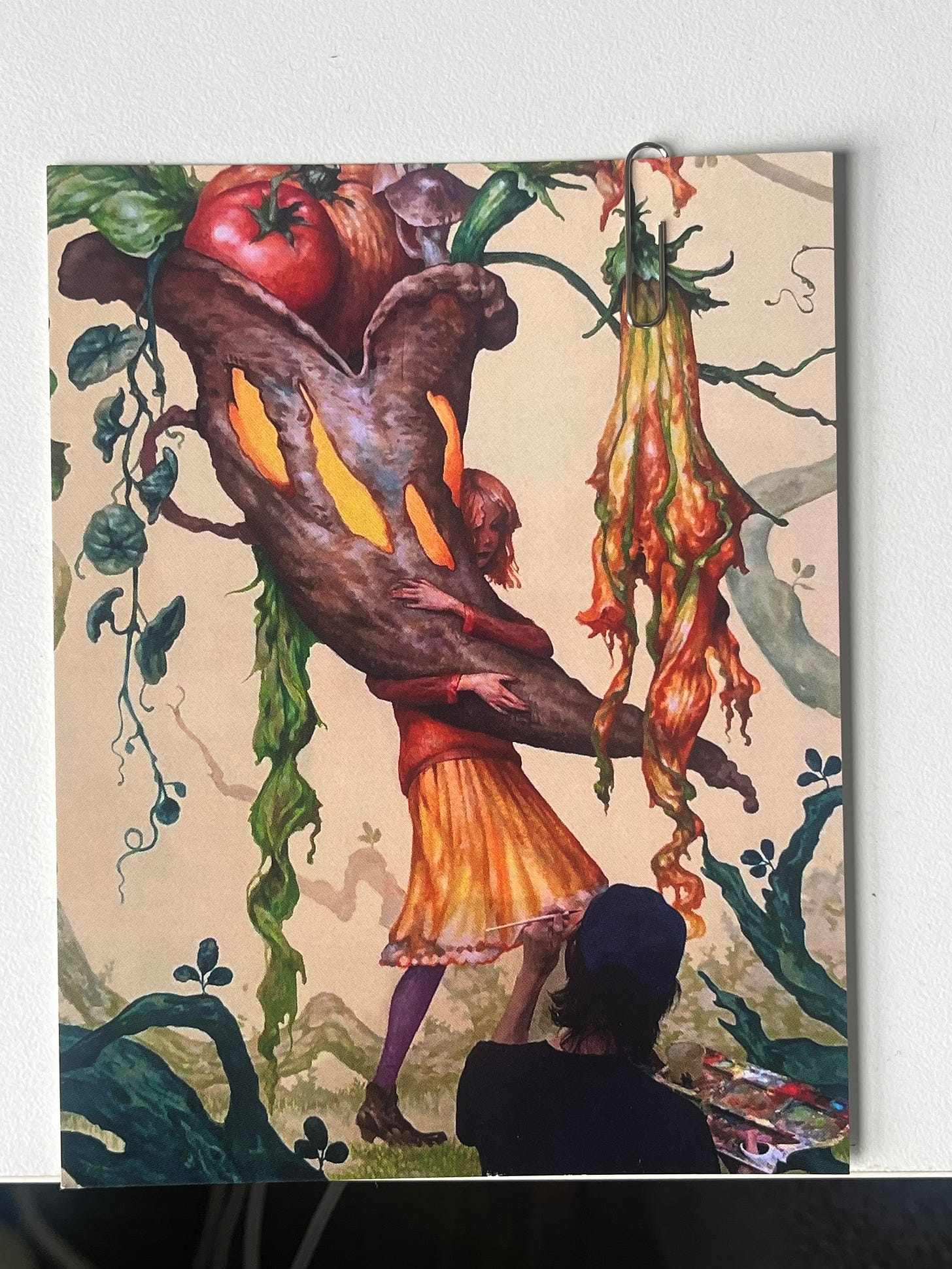
Postcard from Francie. Everything here was incredible. Beware of the salad, not as “salad” as it seems. 
Postcard from Joo Ok. See below and try to save room for the dessert. Also, in the ever-continued dialogue around fine dining food as art:
Ask-A-Mother: Chia seed water, in moderation. Great for gut movement. Make sure they get plump/ hydrated first!
This is our summer of… Gardening clubs? Fermentation clubs? Trending thus far: run clubs, board game clubs (this, this, this clubbier one, and this), listening houses (by house I meant this tea house). Taking note on the great hobby socialization.
Gardening reminded me of my UES wander (!!) last week:
So long dear tulips. I wondered where they went last Sunday… and
at delivered! I love being in sync with my favorite writers.As Park Avenue has unearthed, Summer is here!
I guess Timeout and Eater writers felt similarly describing the coffee as an “acid bite”, the place with a “chilling feeling of sterile modernism brewing”, although I’m sure initial criticism stemmed more from their potential cannibalization of local coffee shops.




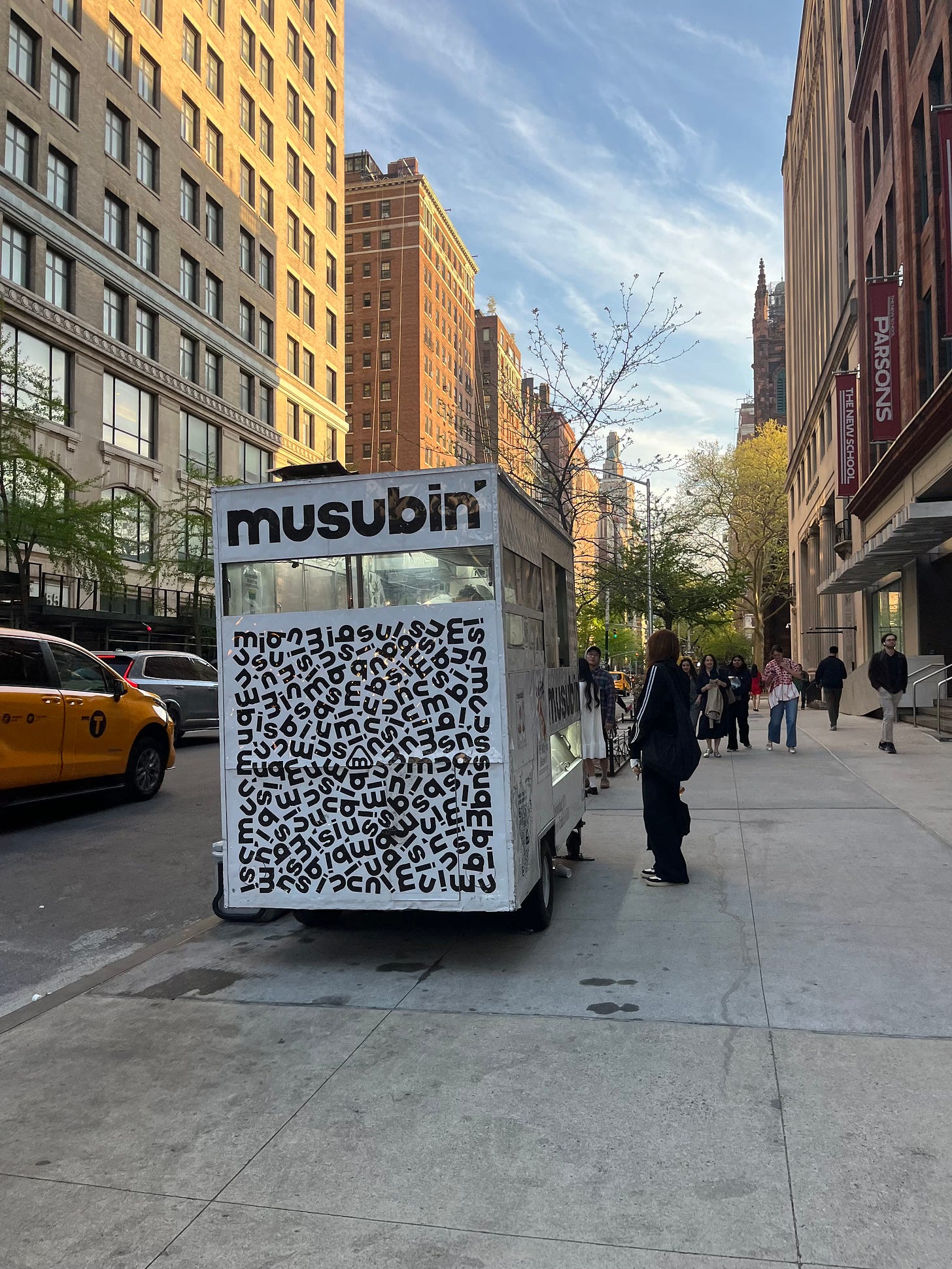

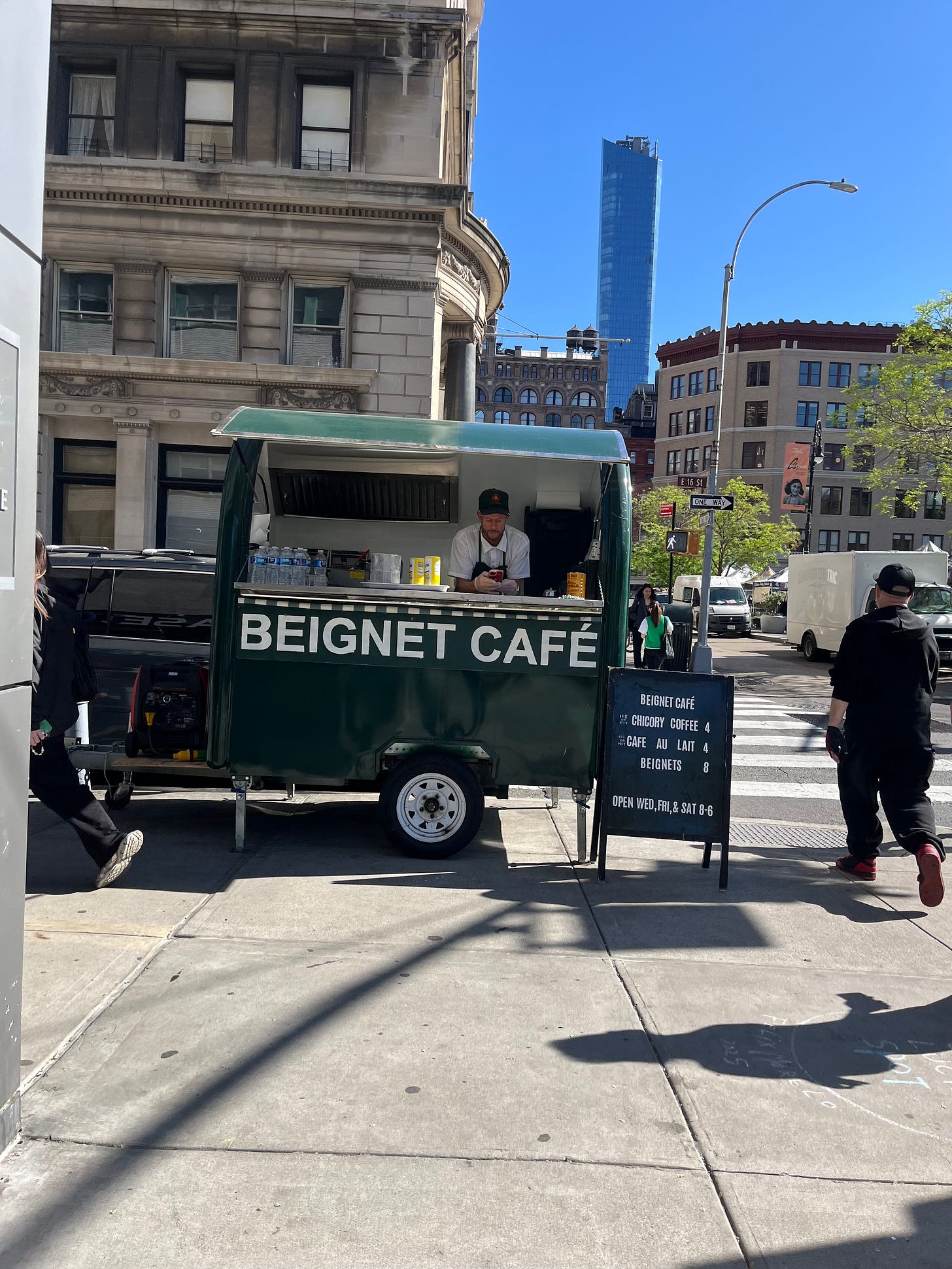


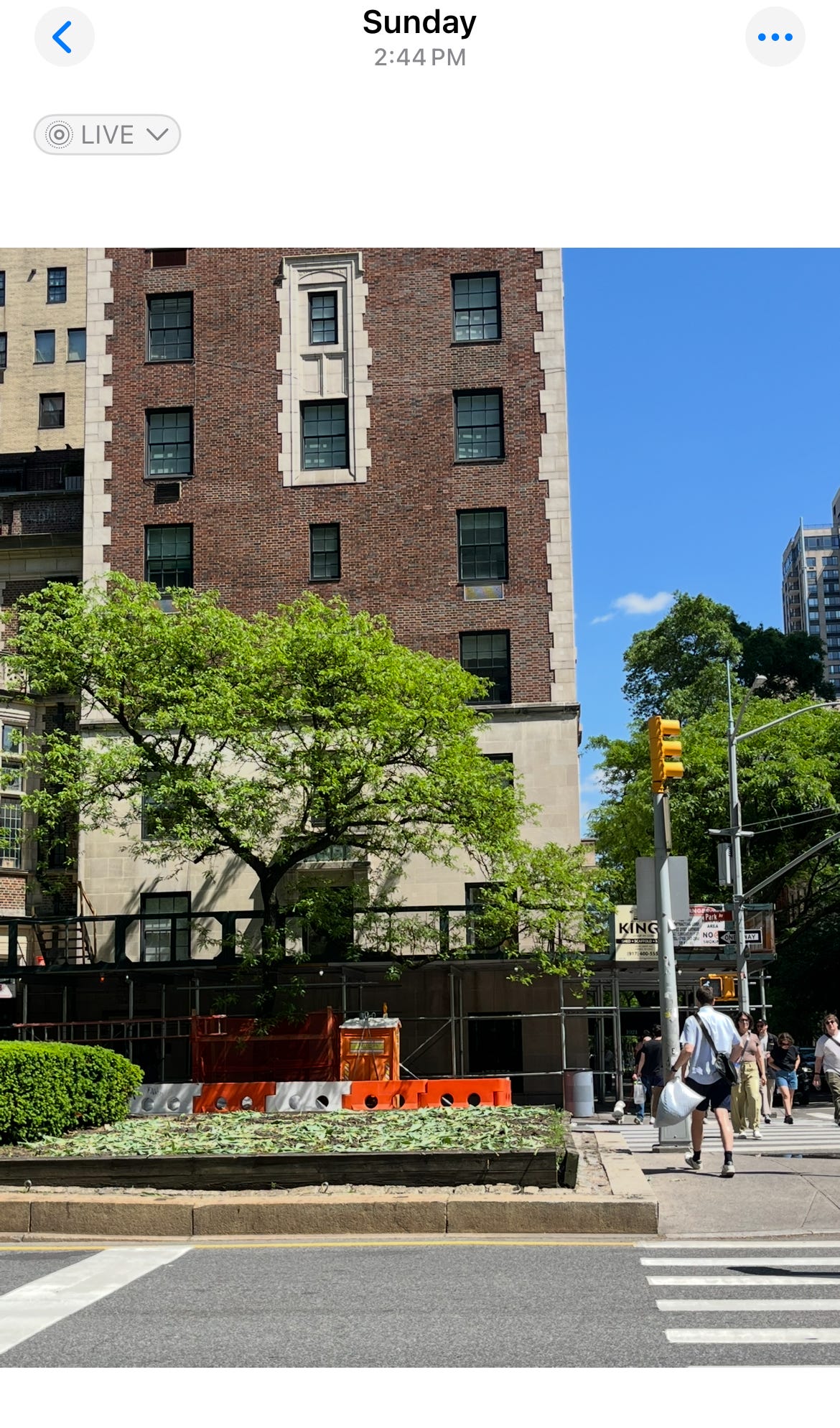
those Korean froyo options look DIVINE
Pinkberry flavors >>